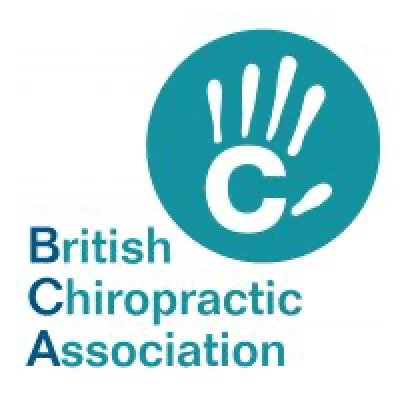Tennis Elbow and How to Fix It
What is Tennis Elbow?
Tennis elbow, clinically known as lateral epicondylitis, is a condition that causes pain on the outside of the elbow and can travel down into the forearm. Tennis elbow is the most common cause of persistent elbow pain, accounting for two-thirds of cases. It affects both men and women equally and can resolve without intervention but on average can take 6 months to 2 years to settle.
What is the cause?
The main cause of Tennis Elbow is often from overuse or repeated actions of the extensor muscles of the elbow and forearm. Tennis elbow, as the name suggests, can be caused by playing tennis. However, any activity that puts repeated stress on the elbow can cause it. You may be prone to getting tennis elbow if your forearm muscles are not used to doing a certain activity, such as gardening, decorating, or using a keyboard (especially if the activity is for an extensive length of time).
If muscles at the elbow and forearm are strained, tiny tears and inflammation can occur and develop near the bony prominence (lateral epicondyle) on the outside of the elbow. The lateral epicondyle can become thickened and very painful to touch.
Site of injury:
Pain can be felt in the area when:
– Bending and straighten the arm at the elbow.
– Gripping objects such as a pen or screwdriver.
– Holding shopping bags or lifting a kettle.
– Twisting the forearm such as opening a jar or door using a door handle.
How is Tennis Elbow Treated
Treatment to consider:
– Rest the injured arm and stop any activities that caused the injury or causes pain.
– Icing the elbow to reduce pain and swelling.
– Using an elbow strap to protect the injured tendon from further strain.
– Non-steroidal anti-inflammatory medications (mainly for pain relief).
– Corticosteroid or Platelet Rich Plasma (PRP) Injections.
– Shockwave therapy (more chronic conditions and available at the Tivoli Clinic).
Physiotherapy treatment for tennis elbow:
– Massage and manipulation.
– Exercises to stretch and strengthening the elbow and forearm muscles.
– Kinesiology taping.
– Advice on technique and equipment that may have caused the injury and preventative
measures to minimise further injury.
– Stretches
Above is an example stretch, hold the stretch for 30 seconds at least 3 times a day.
-Strengthening Exercises
Strengthening exercises with a small weight or use a tin can and increase the weight 8-10 repetitions 3 times a day.
Do not rush your recovery. If you start pushing yourself before your tennis elbow is healed, you could make the damage far worse.
You are ready to return to your former activity level when:
– Gripping objects or bearing weight on your arm or elbow is no longer painful.
– Your injured elbow feels as strong as your other elbow.
– You can bend and straighten your arm without pain or restriction.
How to Prevent Tennis Elbow
The key to preventing tennis elbow is to avoid overuse. Stop if you feel any elbow pain during activity and break up activities by having regular breaks.
Correct equipment is important, if you use a tennis racquet that is too heavy, or the grip is too large for you this can lead to tennis elbow. If a sporting activity has caused elbow pain, technique and equipment should be checked prior to returning to the sport. Implementing the
following would also help:
– Continue to stretch the elbow and stretching and warming up prior to activities that
involve your elbow or arm.
– Ice your elbow after exercise that uses the elbow muscles.
If you have any questions or would like to find out more about the treatment of tennis elbow, or the use of Shockwave Therapy, feel free to send me an email.
Read on to our next article on Urinary Retention: Is Your Bladder Bothersome? by Women’s Health Physiotherapist Louise Rahmanou.



























